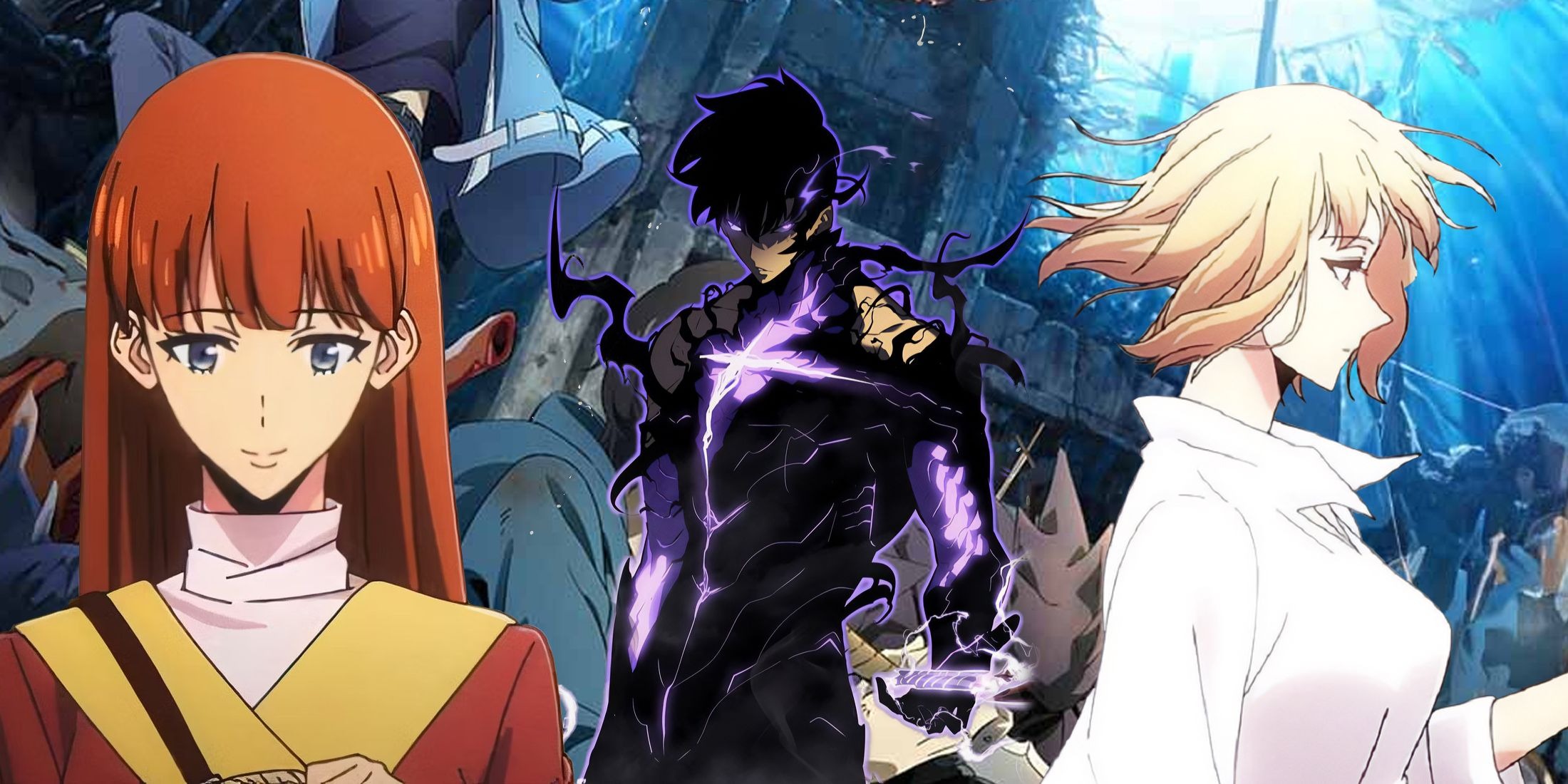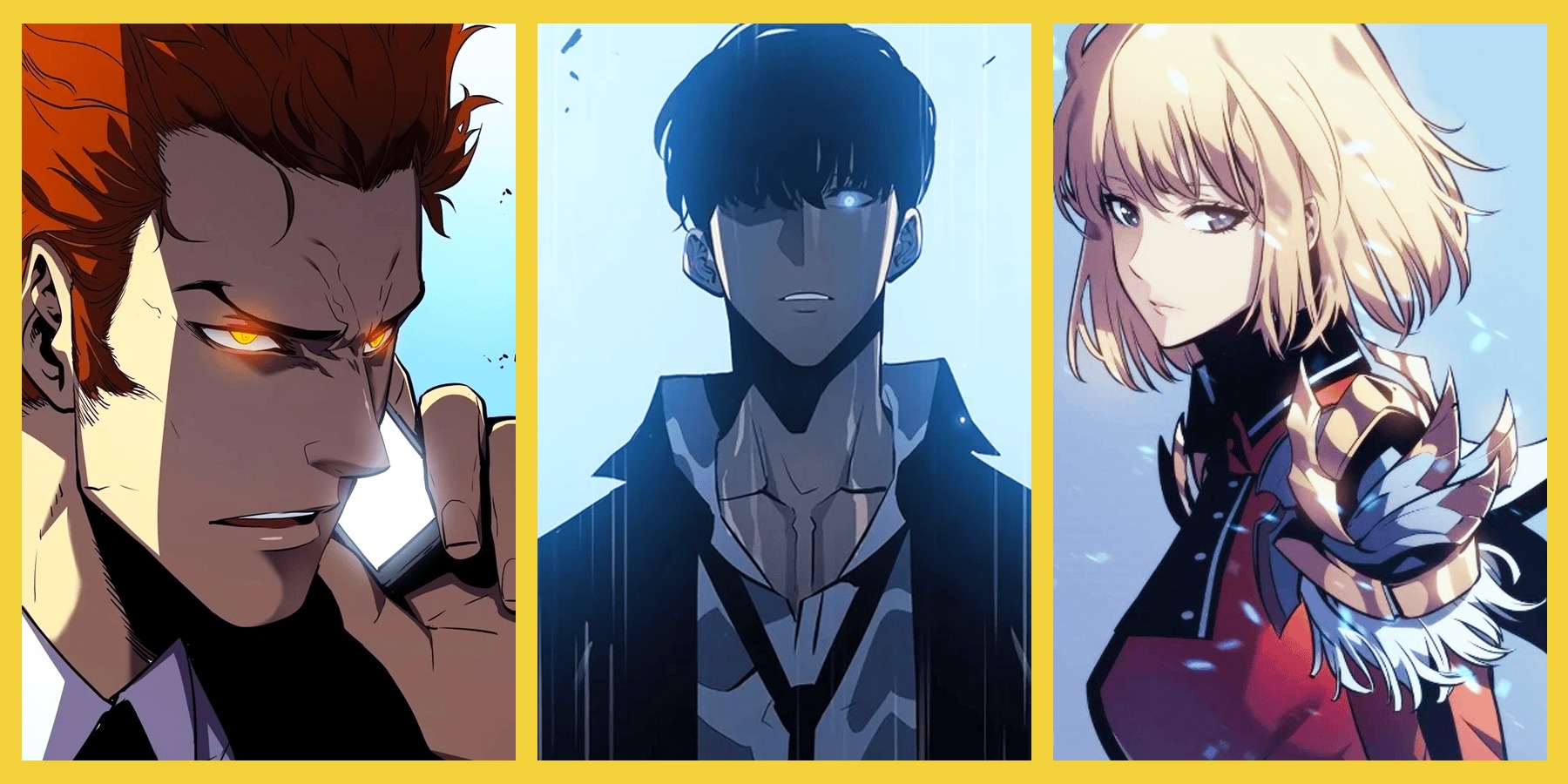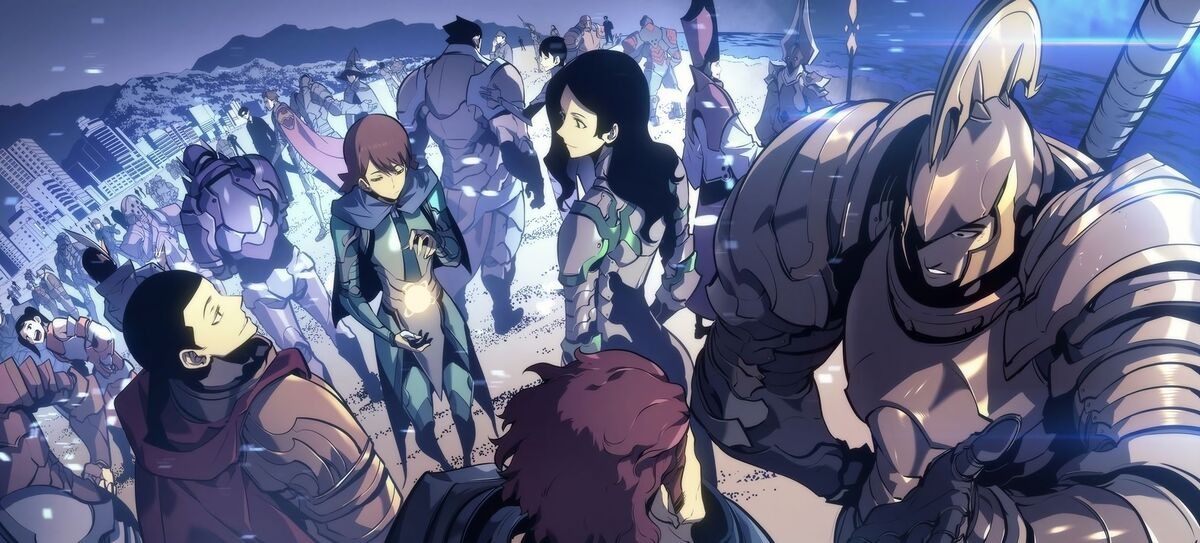With an extensive range of formidable monsters and hunters equipped with deadly abilities, Solo Leveling offers plenty of engaging elements to discuss. Beyond its intense action sequences and character progression, the series presents a detailed and immersive setting, making it a fascinating topic to look into.
Among the many aspects that contribute to the depth of Solo Leveling, the Guild system stands out. While it may seem like a minor feature at first glance, examining its intricacies reveals a much deeper and more engaging aspect of the story. Also looking into the fundamental roles, advantages, and drawbacks of joining.

What is a Guild?
A guild, at its core, is a structured group of hunters who unite under a single organization with the primary objective of raiding gates. While some guilds, such as the Ahjin Guild, consist of only a few members, others, like the Hunters Guild, operate on a much larger scale, hosting hundreds of individuals.
Regardless of the number of members, the fundamental structure of a guild tends to remain consistent.
The Structure of a Guild
Guilds generally adhere to a specific hierarchy that includes a Guild Master, a Vice Guild Master, and general members. While the Vice Guild Master does not necessarily have to be a hunter, both the Guild Master and the members must possess hunting capabilities.
Ideally, the leader should be a high-ranking, actively participating hunter. For smaller groups like Ahjin, a guild functions much like a close-knit team of allies fighting together for monetary gain and self-improvement.
However, once an organization expands to the scale of the Hunters Guild, it operates more like a large corporation. Larger guilds often feature multiple divisions specializing in different tasks, such as Strike Teams, Mining Units, Management Sections, and Recruitment Departments.
“As you’ve guessed, I’m trying to become licensed as a Guild Master. To do that, I need at least twenty raids’ worth of experience.” — Yoo Jinho, Episode 7
Establishing a Guild
All guilds and hunters in Korea must adhere to the guidelines set by the Korean Hunters Association. Every aspect, from gate assignments to the process of forming a guild, is governed by these regulations.
Some of the requirements for creating a guild involve basic administrative steps, such as submitting necessary paperwork that includes the guild’s name, the roster of members, and its designated base of operations.
Other conditions, however, pose greater challenges, including accumulating at least twenty raids’ worth of experience and passing a mandatory written examination.
Once a prospective Guild Master successfully meets all the necessary conditions outlined by the Hunters Association, the guild gains official recognition and is granted the authorization to begin participating in gate raids.
The Pros and Cons of Joining a Guild
The decision to become part of a guild is largely driven by the numerous advantages it provides. Members gain access to benefits that solo hunters typically lack. That said, being part of a guild also comes with certain drawbacks. Like many choices in life, joining one presents both positive and negative aspects.
Pros: Strength in Numbers
For anyone below the S-Class level, such as Jinwoo or Hae-In, tackling a dungeon alone is incredibly dangerous and ill-advised. Entering as part of a Strike Team dramatically increases the odds of survival and success.
A guild’s strike team differs from a typical hunting party, which is often assembled from available hunters at a given moment. Strike teams are composed of specialists who excel in their respective roles and are trained to function cohesively, effectively covering each other’s weaknesses.
The synergy within these teams greatly enhances the probability of completing a successful raid.
Cons: Intense Competition
Although being in a guild provides security, membership does not guarantee a spot in its strike team. Larger guilds, such as the Hunters Guild and the White Tiger Guild, select only their most elite members for these crucial positions.
The prestige and financial benefits associated with participating in a raid create a highly competitive environment within the guild. No matter how skilled a hunter considers themselves to be, failing to secure a place in the strike team means missing out on opportunities to earn a living.
Pros: Access to High-Ranked Gates
Similar to hunters, gates are classified according to rank. Safety protocols dictate that a hunter can only attempt a gate that matches or falls below their rank, as higher-tier gates contain more formidable and lethal monsters.
At the same time, these higher-ranked gates offer greater rewards, including valuable Stones, Mana Crystals, and other lucrative loot. Hunters affiliated with top guilds enjoy better opportunities to enter these gates while increasing their chances of survival and reaping financial rewards.
Cons: Loss of Independence
Joining a guild essentially means becoming an employee of that organization. While the perks and resources provided by the guild are substantial, members must also abide by its directives. Guild members are expected to participate in assigned raids, follow orders from leadership, and prioritize the guild’s objectives over personal preferences.
Although some room for negotiation may exist, hunters give up the freedom to choose when, where, and with whom they fight. Prestige and financial stability come at the cost of personal autonomy.
The Most Prominent Guilds in Solo Leveling
South Korea is home to five major guilds that dominate high-rank gate activity. These organizations wield immense power, wealth, and influence within the country. Here’s an overview of these elite guilds.
Hunters Guild
As South Korea’s largest and most dominant guild, the Hunters Guild boasts an unparalleled reputation. It is the only guild to feature two S-Rank Hunters: Cha Hae-In, also known as the “Dragon Maiden,” and Guild Master Choi Jong-In, often referred to as the “Ultimate Soldier.”
Given its size and resources, the Hunters Guild operates two dedicated Strike Teams that can be deployed simultaneously. One is led by Choi Jong-In and Cha Hae-In and comprises only A-Rank Hunters, while the second, led by A-Rank hunter Son Kihoon, consists of both A and B-Rank Hunters.
White Tiger Guild
Recognized for its aggressive and rigorous approach, the White Tiger Guild is one of the country’s most battle-hardened organizations. Its reputation stems from its leader, S-Rank Hunter Baek Yoonho, who prefers direct combat against monsters, relying solely on his physical prowess.

Unlike other guilds that prioritize recruiting high-ranked hunters, White Tiger takes a different approach. It recruits lower-ranked individuals and subjects them to grueling training sessions by repeatedly sending them into lower-rank gates. Those who endure this process emerge as some of the most formidable hunters, embodying the resilience of their leader.
Reaper Guild
Once considered the strongest guild in South Korea, the Reaper Guild thrived under the command of its cunning leader, Lim Tae-Gyu. While he may seem calculating and difficult to trust, his strategic brilliance and unparalleled skill as an S-Rank Hunter set him apart.
However, the guild suffered a major setback when Baek Yoonho, a former member, chose to leave and establish the White Tiger Guild. Though Reaper Guild remains one of the largest organizations in the country, it no longer holds the dominant position it once did.
Fame Guild
Unlike the other guilds, which primarily operate in the Seoul Metropolitan Area, the Fame Guild is based in the Honam Region. It is led by Ma Dong Wook, an S-Rank Hunter known for his bold demeanor.
Despite having a Tanker as its leader, this guild is renowned for its emphasis on mage-type hunters. The members take great pride in housing some of the most skilled magic users in the nation, relying on devastating magical attacks to overpower enemies in dungeons.
Knights Guild
Among the five major guilds, the Knights Guild stands out as an exception, as it lacks a single S-Rank Hunter within its ranks. Even its leader, Park Jongsoo, is only an A-Rank Hunter.
However, what the guild lacks in top-tier individuals, it compensates for with a highly skilled team. The majority of its members are A-Rank hunters, and their well-coordinated teamwork makes them exceptionally effective during raids.
Unlike other major guilds centered in Seoul, the Knights Guild operates primarily in the Yeongnam Region.


